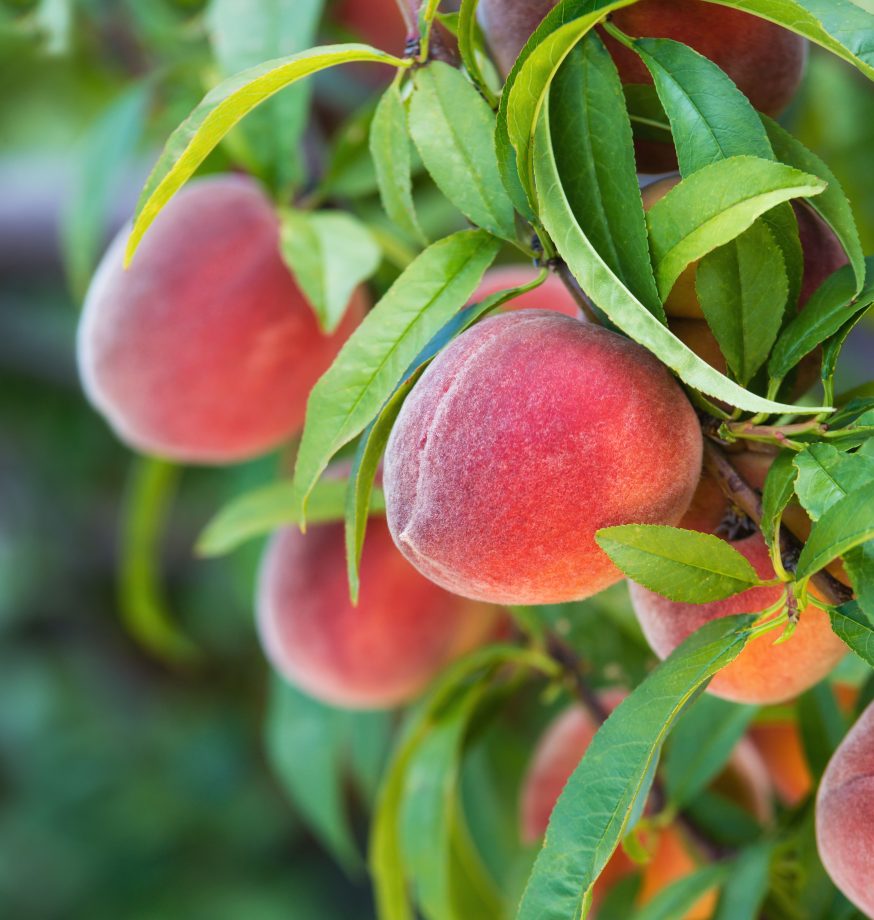Charles Quest-Ritson talks about dahlias, once so unloved, and how they enjoying a surge of popularity.
Now is the time of year when everyone says how wonderful dahlias are. Twenty years ago, we all hated them: they were vulgar. Mind you, I certainly loved them as a child – so large, colourful and variable in shape. We grew them in the kitchen garden as flowers for the house and I learned to distinguish the round buds of unopened flowers from the conical ones of those whose flowering was spent.
As an adult, I toyed with the little mauve species Dahlia merckii and purple-leaved Bishop of Llandaff, but eschewed the multitude of complex hybrids grown by the experts.
My Damascene conversion came some 15 years ago, when I first visited the National Dahlia Collection at Varfell Farm near Penzance in Cornwall. Here were more than 1,500 different cultivars, ranged in colourful line after line. Pompons and decoratives, cactus and fimbriated: there are no fewer than 17 recognised classes and they challenged me to get my head round the genus in cultivation.
Dahlias are miracles of complexity. We owe a lot to old Chinese gardeners and the floral forms they developed over many centuries. Think of the beauty of anemone-shaped or imbricated camellias or the elegant formality of pompon and recurved chrysanthemums.
No wonder that we often compare ourselves unfavourably with these ancient Chinese, so patient and so brimming with sensibility, but we can be proud of our modern dahlias. They are a completely European achievement.

Purple dahlia flowers in bloom
Dahlias first came to Europe as simple species in the 1790s and, through the ingenuity of 19th-century horticulturists, quickly developed into the heavenly beauties that we enjoy today. All are remarkable testament to the skill of western gardeners over 200 years in developing such complex and shapely flowers out of a handful of weedy species. It was not just the English who worked at improving them: French, German and Dutch horticulturists were no less industrious.
Botanists were completely baffled when the first wild dahlias arrived. The genus was in a state of rapid evolution, with new forms emerging in the wild through natural crosses. Some of them had an extra petal or two, but most had just five and the flowers were small, perhaps no more than 2in in diameter. Our ancestors chose the best seedlings for improvement: they had different colours, bigger flowers and, above all, extra petals.
Proper doubles were first selected for development in the Spanish Netherlands in 1811. Ten years later, Andreas Donkelaar was growing 10,000 seedlings a year at Louvain. The first bicoloured dahlia appeared in England in 1831.
By the end of the 19th century, large double dahlias, such as we admire today, were sold in great quantities and the modern system of classification was beginning to emerge.
I love the enormous variation that exists among dahlias. I love the show-stealing whoppers such as Emory Paul and the zany Collarettes, whose dotty shapes and colour combinations make me laugh. And I adore the Ball group, whose flowers are built up from hundreds of identical florets, packed together, row after row.
The petals usually have rounded tips, but their sides curl up and rub against each other to create swirls of immaculate fluted florets, hundreds of them, spiralling up to the apex. Their complexity is a revelation of beauty – an astounding construction. There is little to choose between varieties except for colour: formal perfection is present in all.

Dahlia ‘Oriental Dream’
Do I have a favourite? Not really: I’m still learning. The main reason is that the varieties grown in England represent only a fraction of what’s available. Visit a dahlia show garden in France or Germany, and you’ll recognise but few – each country has its own breeders who tend to operate only within their home market.
I love visiting European gardens and nurseries in early autumn, after the summer holidays. That’s where my dahlia education continues. And none would ever consider a dahlia to be vulgar.
Charles Quest-Ritson wrote the RHS Encyclopedia of Roses

The mysterious case of the Frankfurt rose

How to grow your own peaches: Five steps to peachy perfection
Steven Desmond explains how you can produce these delicious, luxurious fruits on your own soil.

Top ten tulips to plant for next spring
Country Life asks ten experts, from Alan Titchmarsh to Tom Coward, what their favourite tulips are to plant for next




